1. Fast Fashion is Trashing the Planet (Literally)

That $5 shirt you just bought? It’s probably going to fall apart after two washes, but its environmental damage will last forever. The fast fashion industry is one of the biggest polluters, responsible for 10% of global carbon emissions and massive water waste. Factories pump out cheap clothes using toxic dyes, and synthetic fabrics like polyester release thousands of microplastics into the ocean with every wash. Then, when people inevitably get bored of their trendy clothes, they end up in landfills, where they take 200+ years to decompose. So, while wardrobes might be ever-changing, the environmental consequences are disturbingly permanent.
2. Coffee Habits are Brewing Trouble
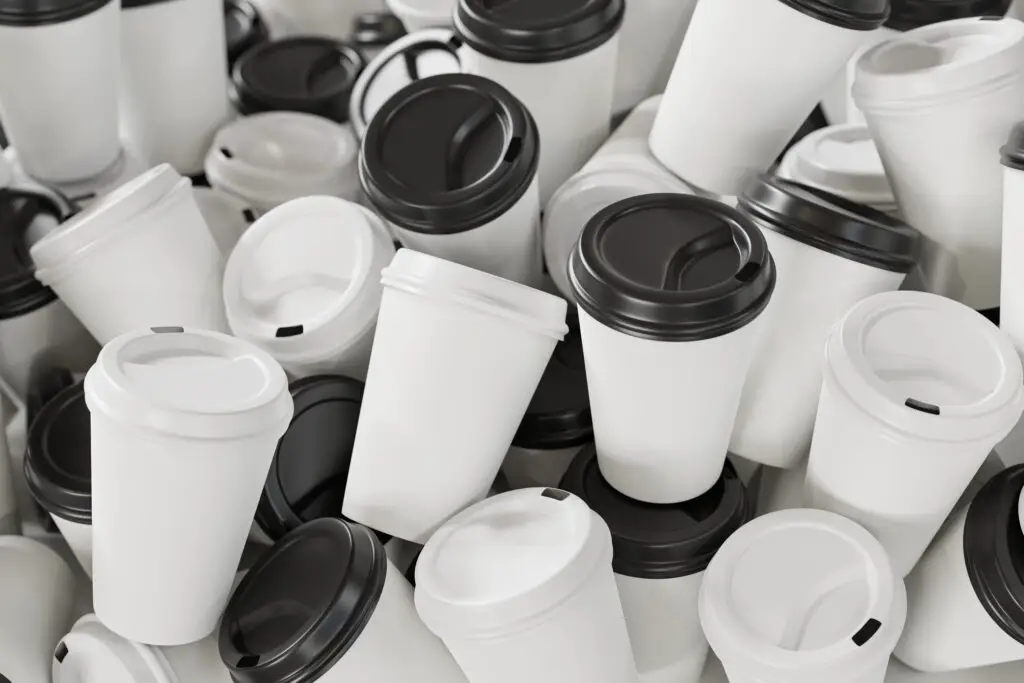
That morning coffee run might be a daily ritual, but it’s also a sustainability nightmare. Single-use coffee cups may look recyclable, but most are lined with plastic, making them nearly impossible to process. Coffee pods? They take up to 500 years to decompose, meaning a single caffeine fix could outlast generations. Even coffee farming itself contributes to deforestation, soil degradation, and water pollution, all for the sake of a morning pick-me-up. So while that oat milk latte might seem harmless, its environmental footprint tells a different story.
3. Meat Cravings Are Roasting the Planet

A juicy burger might be satisfying, but it’s also a major contributor to climate change. Livestock farming produces more greenhouse gases than all the world’s cars, planes, and ships combined, making it one of the biggest environmental threats. The industry also consumes massive amounts of fresh water and clears millions of acres of rainforest to make room for cattle. Even worse, cows release methane, a gas that’s 80 times more potent than carbon dioxide in trapping heat. So while that steak might taste great, it’s also cranking up the planet’s thermostat.
4. Online Shopping is a Carbon Nightmare
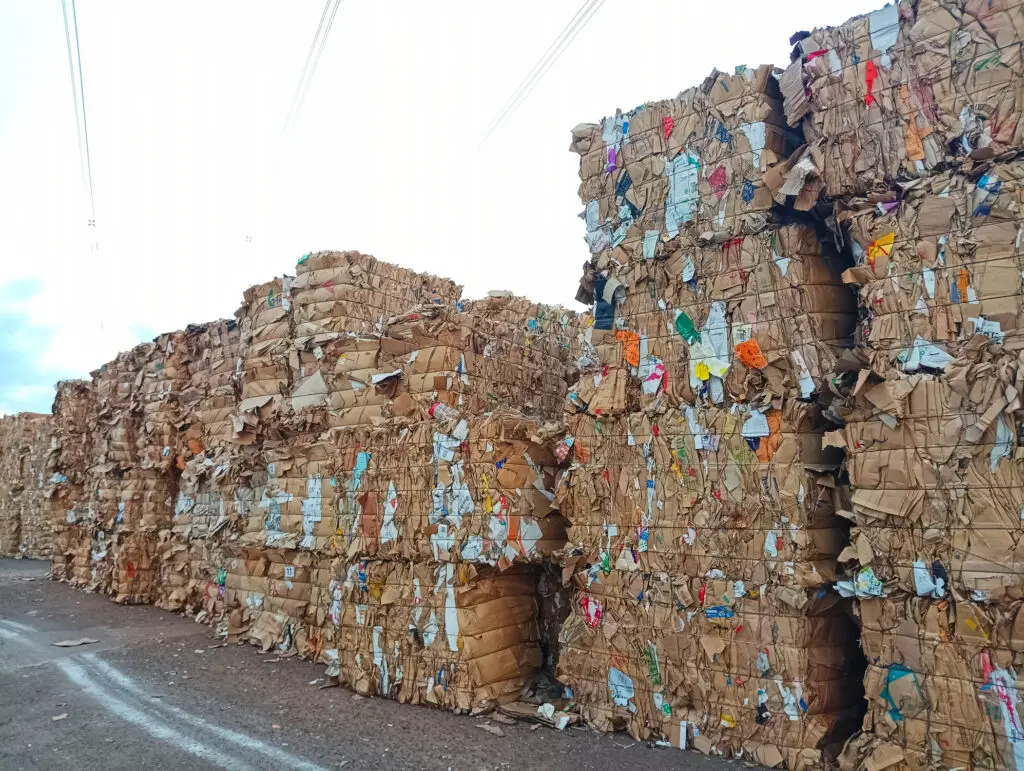
Clicking “add to cart” feels harmless, but every package comes with a hidden environmental price tag. The constant demand for fast shipping means more trucks, planes, and warehouses pumping out carbon emissions at an alarming rate. Then there’s the excessive packaging—why does a tiny keychain need a box the size of a shoebox? Most of this waste isn’t recycled and ends up in landfills or floating in the ocean. So while online shopping might feel convenient, the planet is the one paying the real cost.
5. Plastic Bottles Are Still Polluting the Earth
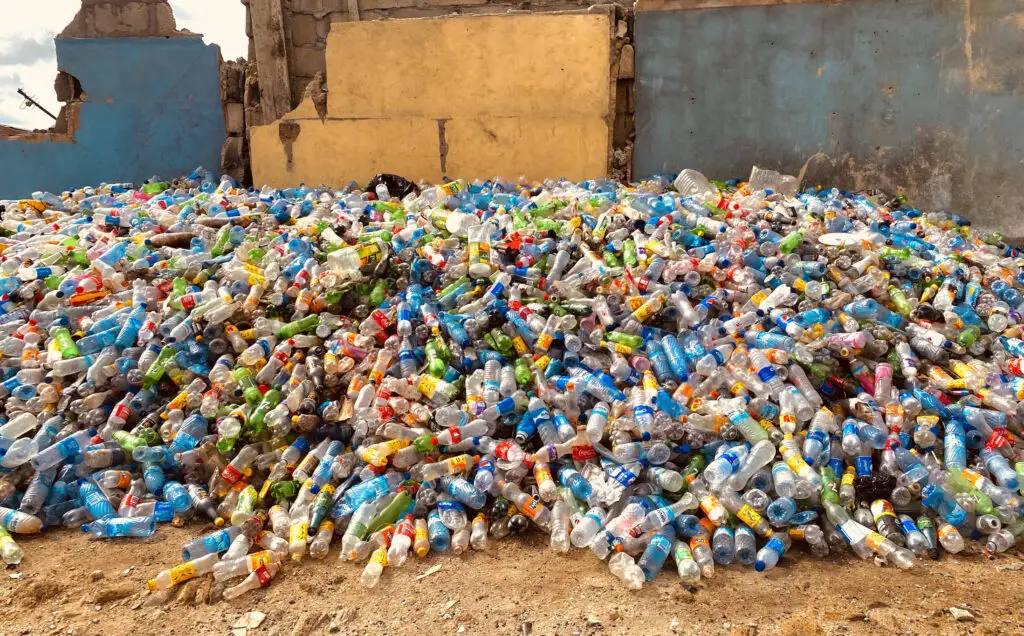
It’s almost unbelievable that bottled water is still a thing when reusable alternatives are everywhere. A single plastic bottle takes 450 years to decompose, and yet a million of them are thrown away every minute. Many don’t get properly recycled and instead end up polluting the ocean, where they break down into harmful microplastics. These tiny plastic particles have now infiltrated the food chain, meaning people are quite literally eating and drinking plastic. So while staying hydrated is important, doing it with disposable bottles is turning the planet into a landfill.
6. Food Waste is Contributing to Climate Change
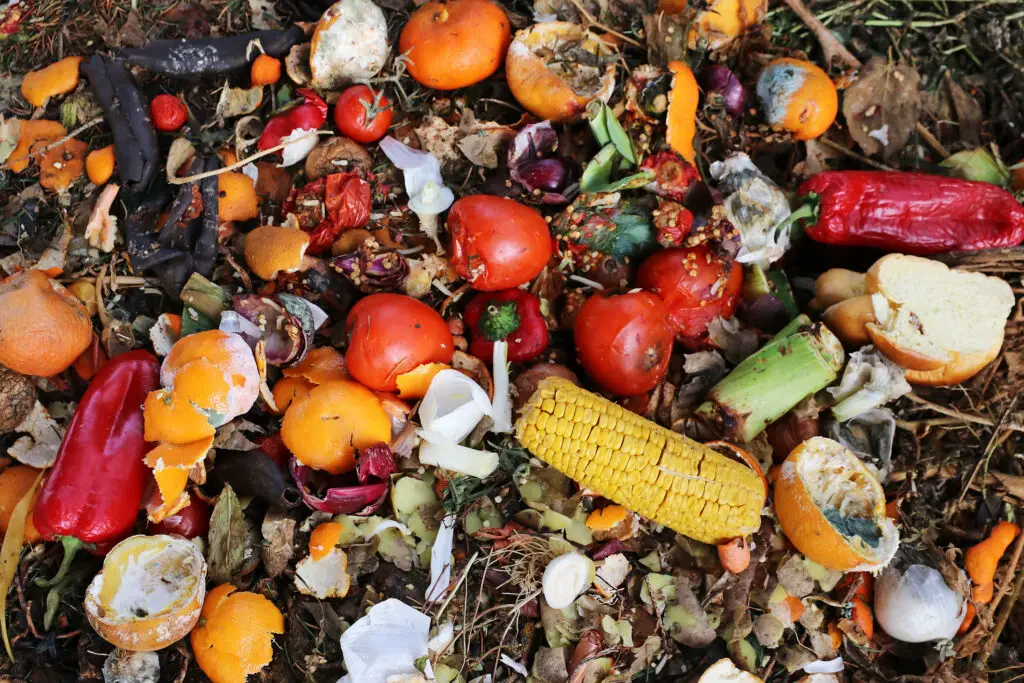
That half-eaten sandwich sitting in the fridge isn’t just a personal failure—it’s part of a global crisis. Food waste contributes to 8–10% of greenhouse gas emissions, thanks to all the energy, water, and resources used to produce food that never gets eaten. When food rots in landfills, it releases methane, a gas even worse for the environment than CO₂. Meanwhile, millions of people go hungry every day while perfectly good food is being thrown away. Every meal that ends up in the trash isn’t just a waste of money—it’s a waste of the planet’s limited resources.
7. Electronics Left on Standby are Wasting Energy
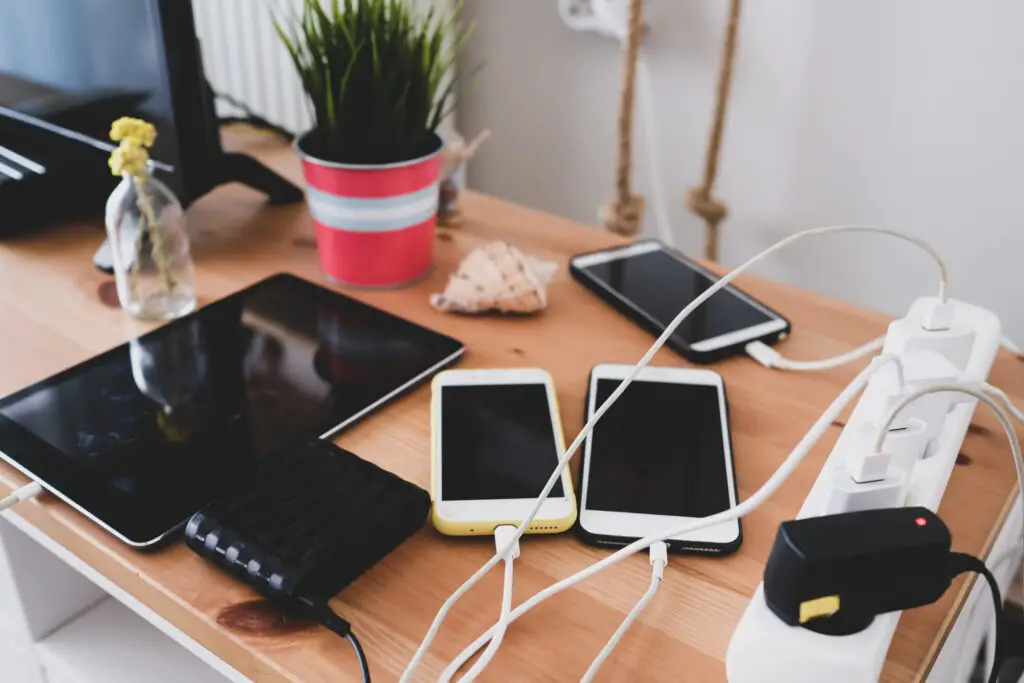
Turning off the TV might seem like enough, but most electronics still consume electricity even when they’re not in use. This “phantom energy” waste costs billions of dollars each year and contributes to unnecessary CO₂ emissions. Gaming consoles, microwaves, and phone chargers are all guilty of quietly draining power when plugged in. On a large scale, this wasted energy adds up, creating pollution that could have been easily avoided. So while these devices might look harmless in standby mode, they’re still taking a toll on the environment.
8. Solo Car Rides Are Polluting the Air
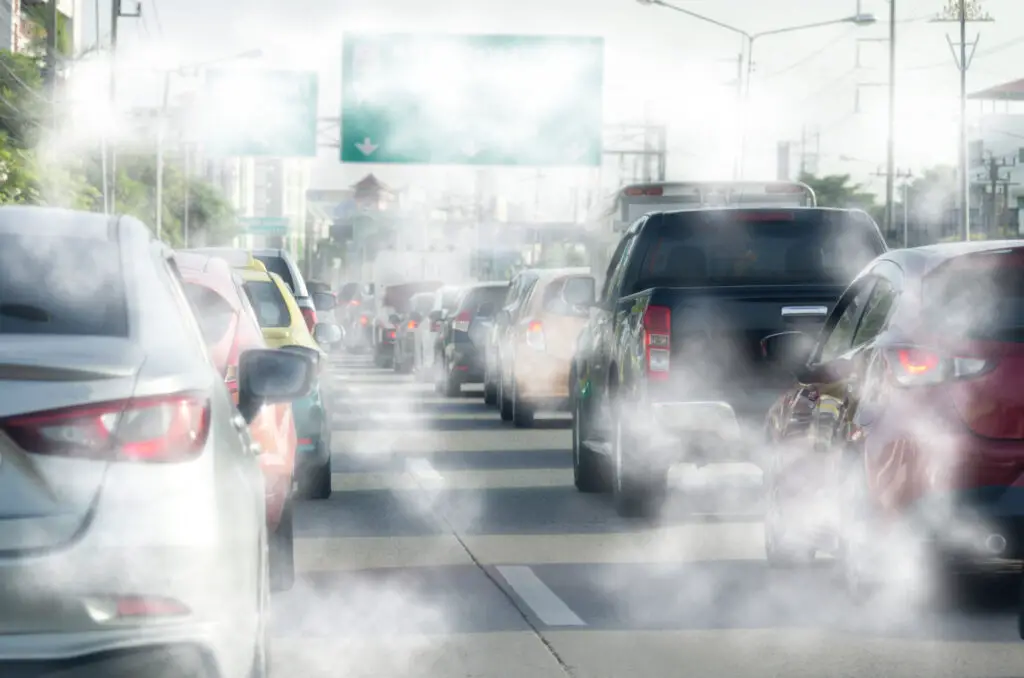
Driving everywhere like it’s a personal road trip isn’t just expensive—it’s terrible for the environment. Cars are one of the biggest contributors to air pollution and climate change, releasing harmful carbon emissions with every mile driven. Even short solo trips add up, especially when public transportation or carpooling could be an option. Traffic congestion makes things even worse, as idling cars waste fuel and create extra pollution. While personal vehicles offer convenience, they’re also one of the biggest contributors to global warming.
9. Long Showers Are Wasting Precious Water

A long, hot shower might feel relaxing, but it’s also a major waste of resources. A standard shower uses 2.5 gallons of water per minute, meaning a 30-minute session wastes 75 gallons—more than some people get in an entire day. Heating all that water also requires energy, increasing carbon emissions every time someone decides to extend their routine. And let’s be honest—after the first 10 minutes, is anyone really getting cleaner, or just enjoying the steam? Every extra minute in the shower is just more water going straight down the drain.
10. Artificial Lawns Are an Environmental Disaster

A perfectly manicured, always-green artificial lawn might seem like the ultimate low-maintenance dream, but it’s actually a nightmare for the environment. Synthetic grass is made from plastic and requires fossil fuels to produce, meaning it contributes to pollution before it even gets installed. Unlike natural grass, it doesn’t absorb carbon dioxide, cool the air, or provide a habitat for insects and small wildlife. Worse yet, these plastic lawns eventually degrade, shedding microplastics that end up in waterways and the food chain. So while a fake lawn might save time on mowing, it’s silently suffocating the planet in the process.


